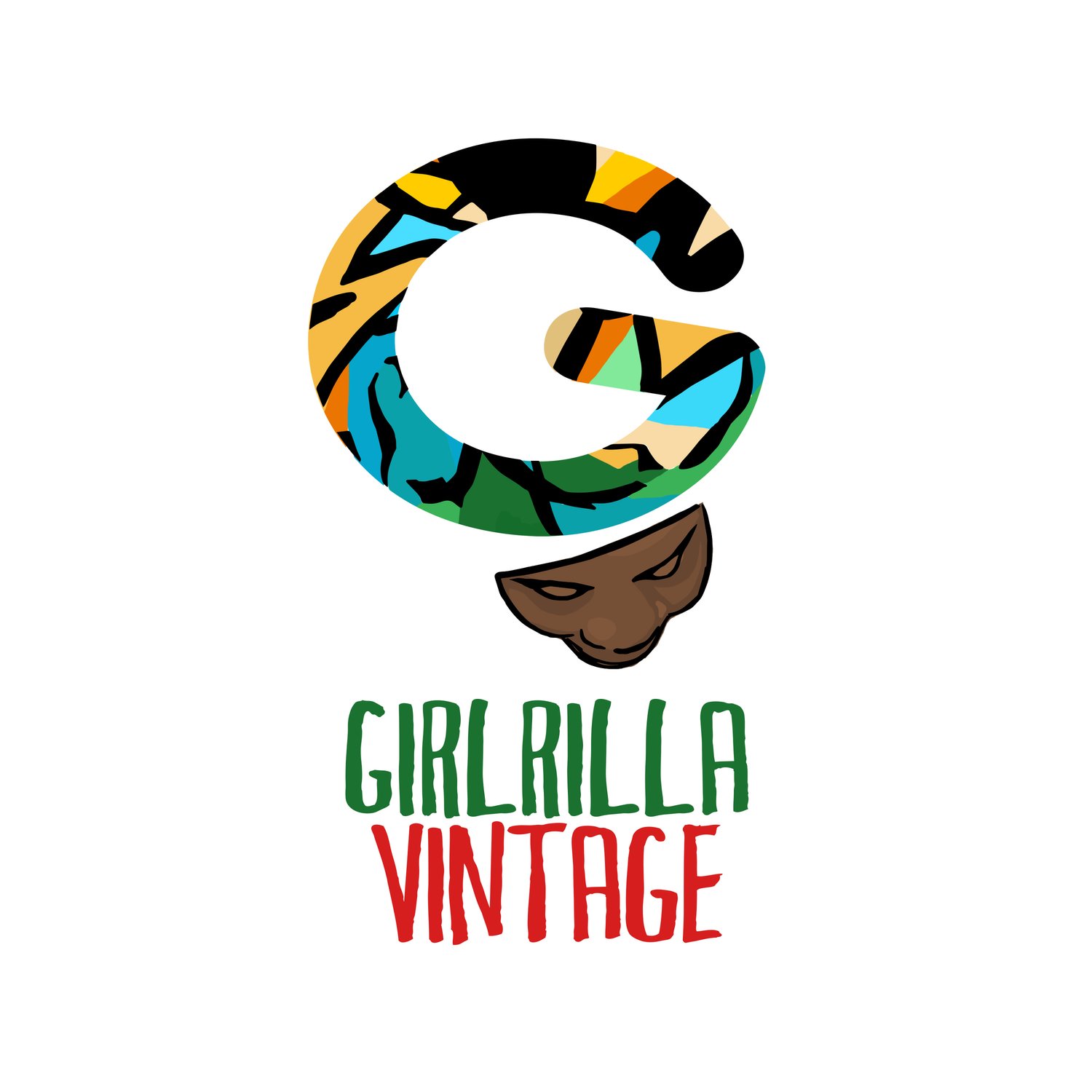
Antebellum Tribal Afrikanface Masks
A visual celebration of the momentous existence of Black Afrikans born in the American South during Maafa or the Afrikan Holocaust.
I’m A Multi-Dimensional Artist And I’m Sensitive About My Shit (in my raspy Badu voice) lol!
I want to thank my little-big brother and ancestor, David Berry (left) who visited me in a dream late last year to show me how to make the masks from fabric. This body of work would not be possible without his spiritual leadership and guidance. Ase-O!
Stories in the fabric.
We come from someplace. There are so many stories woven into the fabric of the Afrikan Diaspora that have yet to be told. Antebellum Tribal Afrikanface Masks (ATAM) is an example of one such story. ATAM is part of my ongoing series Afrikanface: Autochthonous Blood and Bone. This collection of work explores my personal interpretations, thoughts and feelings on the interrelationship between natural textile fibers used during slavery and the identity, culture and spirit of the Antebellum Afrikan Tribe born in the American south. These masks are visual poems that tell stories of rhythmic, metaphorical, unfiltered truths from the fabric being used. You’ll notice energetic elements of Afro-futurist style that combines past, present and future. These masks express my deepest gratitude to those Black communities in the deep south including my mother and fathers bloodline that not only existed, but found ways to thrive against all odds, in spite of brutal genocide and forced labor for over 400 years. In the likeness of Audrey Lorde, Afrikans everywhere are powerful and deliberate!
Reading the Fabric
Before you can read the cloth you have to learn its history. I know what these masks mean to me, but how exciting that you have window seat view to analyze and decipher your own meaning. Imagine having a gun trained on you from sunup to sundown and being forced to wear stiff pants and shirt made of steel wool and underwear of course burlap everyday for one year. I know, unconscionable right?! But wait….Theres more. This actually happened to enslaved human beings. Forced Black labor, cotton and textile industrialization go hand-in-hand because in order to grow the cotton that would clothe the world and fuel the global economy, enslaved Black bodies worked in cotton fields of the Deep South, serving as Americas largest financial asset through forced labor of cotton picking. A system that rested solely on the continuous threat of violence and scrupulous record keeping. America remains one of the leading nations in the world because of their free labor.
I kept seeing the terms, “Guinea cloth” and “Negro cloth” during my research phase. Guinea cloth was plain or dyed, loom-patterned cotton fabric, traded as piece goods with roots in West Afrika. Negro cloth was rough, unfinished, unbleached cotton, or blended with other course threaded fabrics made from both (animal and plant based materials). Due to their low cost and durability they were made into outer and undergarments, and were the only fabric permitted by “law” to be worn by enslaved Afrikans in the American south and Caribbean.
The brute force of the time coupled with being forced to wear such heavy, irritating materials suffered enslaved Afrikans a great deal physically and mentally. Each person was issued 5 yards of fabric once a year, had to hand sew all garments, between picking cotton, raising families and livestock that produced the cloth, Guinea and Negro cloth was used to demean and reinforce stratification and violence in chattel environments.
Changing the Narrative
You’ll notice that I center Afrocentric features in my art, a process I call Mookies Mouth. I named this after one of my brothers who was often the victim of racist jokes and comments about his features and dark complexion during our time in a white foster home. Glorifying Black features in my art is so important to me because it heals a big part of my lineage every time. I’m grateful to the opportunity to share a piece of a story that might not be apparent to most people in present day. It’s humbling and empowering, using creativity as a tool for healing and change including within my own family. I’m blessed with the gift of blood memory, intuition, and resilience that helps me to tune into Afrikanfaces that wish to reveal themselves to me through the fabric woven into their faces. I will continue to seize the opportunity these masks have afforded, to beautify, to educate, and to uplift those around me. And THEE best part is that my ancestor, my brother David made it all possible. Ase-O!
I’ll be adding more masks as they come to me. Enjoy!
MOOKIES MOUTH, 2021. Textiles & mixed media on wood (16 X 16). $3000
AFRODALIT, 2021. Textiles & mixed media on wood (22 1/2 X 16). $3000
MR. JUTE, 2021. Textiles & mixed media on wood (22 X 13). $2800
OJISE' THE GRIOTS GRIOT, 2021. Textiles & mixed media on cork board (23 1/2 X 23 1/2). $4500
MOKO JUMBIE, 2021. Textiles & mixed media on wood (45 X 15). Not for $ale
OGUN'S SONG, 2021. Textiles & mixed media on cork board (24 X 18). $3734








